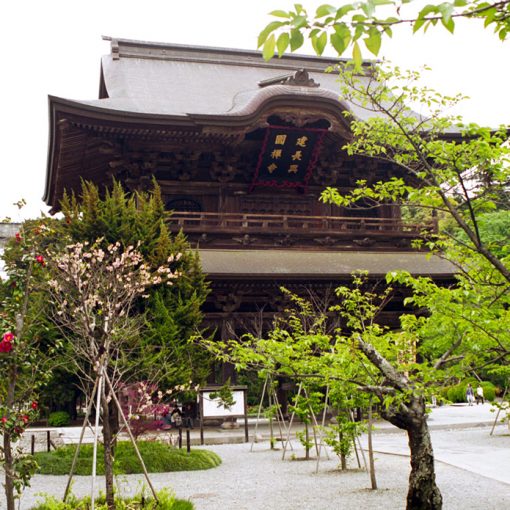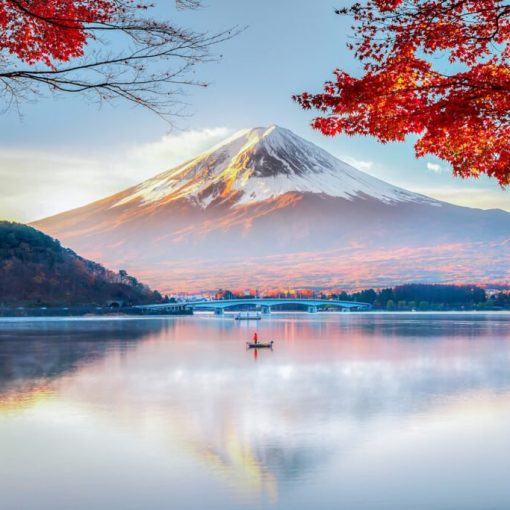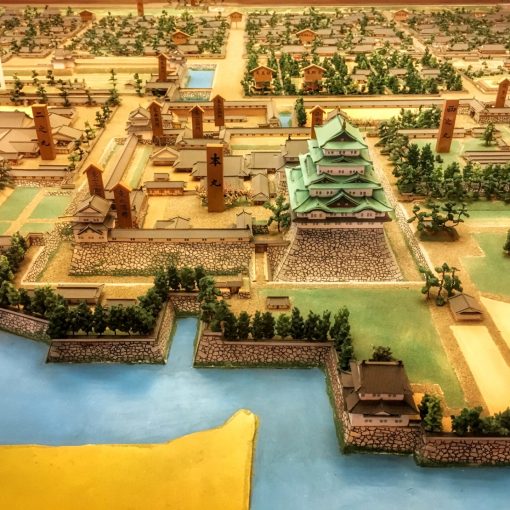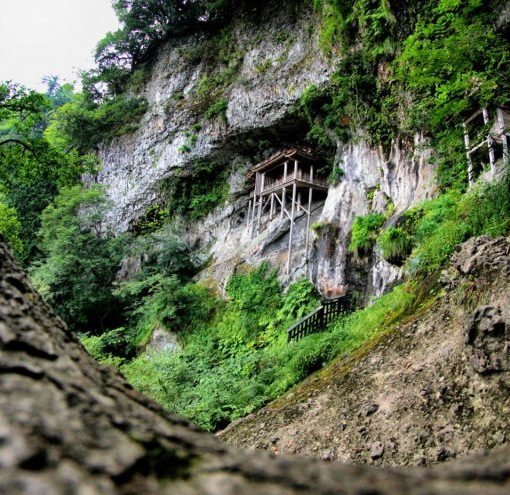Agriculture and fishing are developed here, there are many opportunities for tourism. There are 120 more islands nearby, this is the Amakusa chain. The islands are famous for their amazing scenery and their history as a bastion of Christianity in the 16th century. In the part of the prefecture located directly on Kyushu, the Aso-san volcano rises.
Here is amazing nature: from alpine meadows and dark gorges to the sinister crater of an active volcano. The prefecture has a second name – Hi-no kuni (Land of fire). Preserving the atmosphere of small towns, with a mild climate and subtropical flora, Kumamoto was an important center of power under the Tokugawa shoguns (1603-1868).

Kumamoto has some well-preserved historical sites, and it’s also just a very nice university town with a lot of young people. Of interest is also the longevity of the inhabitants of Kumamoto (there are many centennial old people in the city). Longevity here is explained by the love of local residents for life and healthy eating. The latter includes karashi renkon (well-roasted lotus rhizome flavored with mustard oil) and various brands of sake made with water, probably purified from the region’s fertile volcanic soil.
One of the main attractions
One of the main attractions of Kumamoto City is the magnificently restored Kumamoto-jo Castle, which is considered one of the finest in Japan. Kumamoto-jo was completed in 1607 by the feudal daimyo Kato Kiyomasa. The total length of the fortress walls is 13 km, there are 49 towers, water for the military garrison and private quarters was taken from 120 wells. Kato was an excellent military strategist and architect. The location of the castle is remarkably close to the topography of the area. A distinctive feature of Japanese fortresses is the musya-gaeshi (“warrior destroyer”), the walls surrounding the tower; they have a curved shape, so it is impossible to get over them from the outside.
In Kumamoto-jo, the construction of the walls is brought to perfection, it is called nezumi-gaeshi (“mice exterminator”) here. The Kato family owned the castle for 44 years, after which it passed into the hands of the Hosokawa family, who ruled the province until 1871. Most of the castle burned down when the renegade samurai Saigo Takamori was surrounded by imperial troops during the Satsuma rebellion in 1877.
Only the stone foundations and the famous tower of Uto (Uto yagura). As a result of restoration work that has taken place since the 1960s, 17 original wells and 13 towers have been restored. Now it is even impossible to imagine that reinforced concrete “skeletons” are hiding inside them. There is also a museum dedicated to the history of the castle and the Kato and Hosokawa families.
Gyobutai, a 300-year-old residence that once belonged to Lord Gyobu, is located northwest of the castle. It reproduces a picture of the life of the feudal elite of the Edo period.
Another attraction of Kumamoto is Suizenji Park, one of the most famous in Japan. A Buddhist monk from Kyoto named Gentaku arrived in Kumamoto in 1632 and, on the orders of the daimyo Hosokawa Tadatoshi, built the Suizenji temple with a garden of fantastic beauty. After Gentaku’s death, the temple was moved to another location, and Hosokawa built a tea house in its place. The park is designed in such a way that it reproduces the most characteristic sights of the 53 stations of the old Tokaido highway. In the park you will see fountains, flowering shrubs, ponds, miniature hills (one of them, of the correct conical shape, depicts Fuji-san).
In Kumamoto, you can see the homes of two famous 19th-century writers: Natsume Soseki (his portrait adorns the 1000 yen banknote) and Lafcadio Hearn, who spent several years here after moving from Matsue. Now these houses are museums. The Soseki Museum is more interesting, and the Hörn Museum here is hardly comparable to the writer’s home in Matsue.
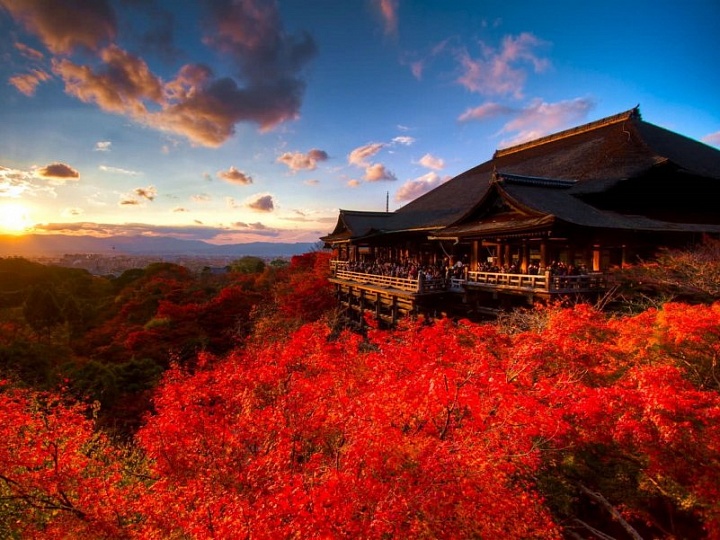
There are several specific crafts in Kumamoto that deserve special attention. The Kumamoto Prefectural Traditional Crafts Center (Kumamoto-ken dento kogeikan) has a fine display of antique and modern handicrafts. Amakusa pearls, patterned damask steel and Yamage lanterns are especially prized. Such golden paper lanterns are an accessory of the city holiday held in August. There is also a shop and workshops where you can see how local artists work.
At 48 km from Kumamoto, Mount Aso rises, formed as a result of a terrible eruption 50,000 years ago. In fact, Aso-san is the largest caldera in the world, connecting five volcanic cones, the circumference of which is about 130 km. Among its five peaks, Mount Daikombo (940 m) is the highest, and the most active of them is Naka-dake (1592 m), which spews sulfurous fumes and hot gases. The maximum width of the Aso caldera is 18 km, the length is 24 km, and the area is 255 sq. km. The caldera contains cities and villages with a total population of over 80,000 people. Fertile volcanic soil gave life to green meadows where cows and horses graze. The nature here is fabulously beautiful.

